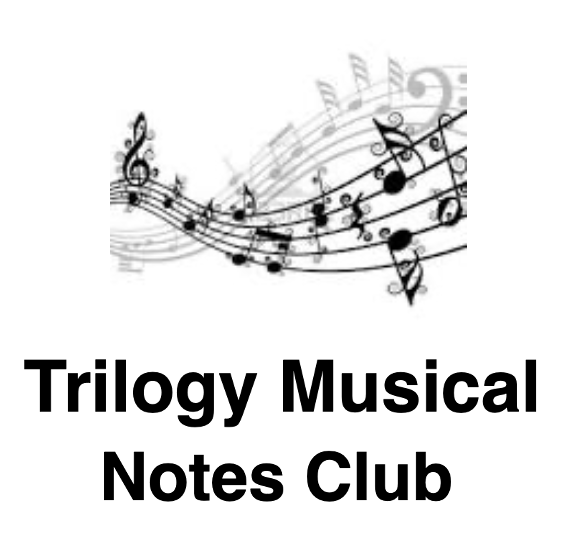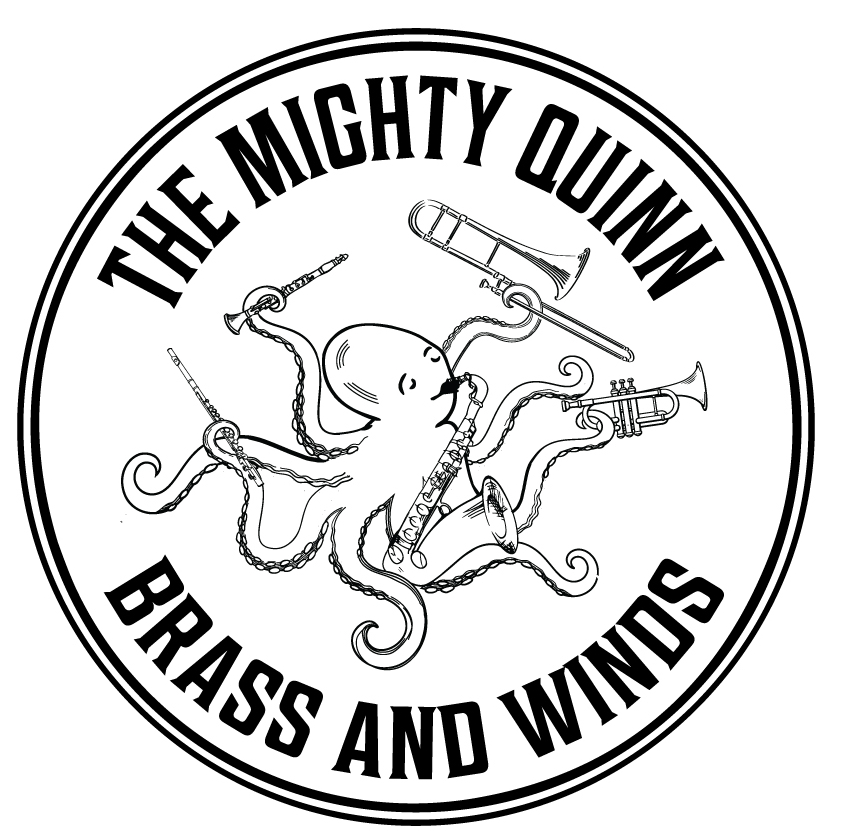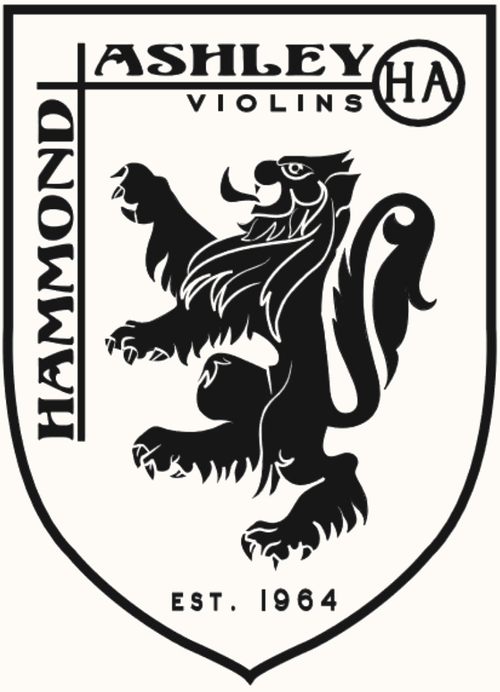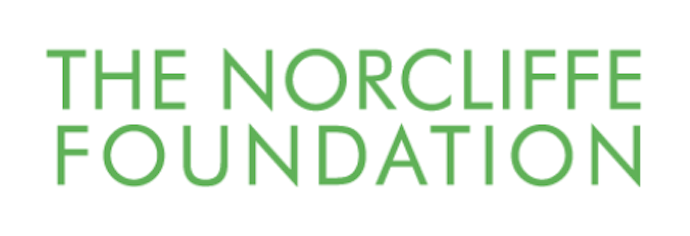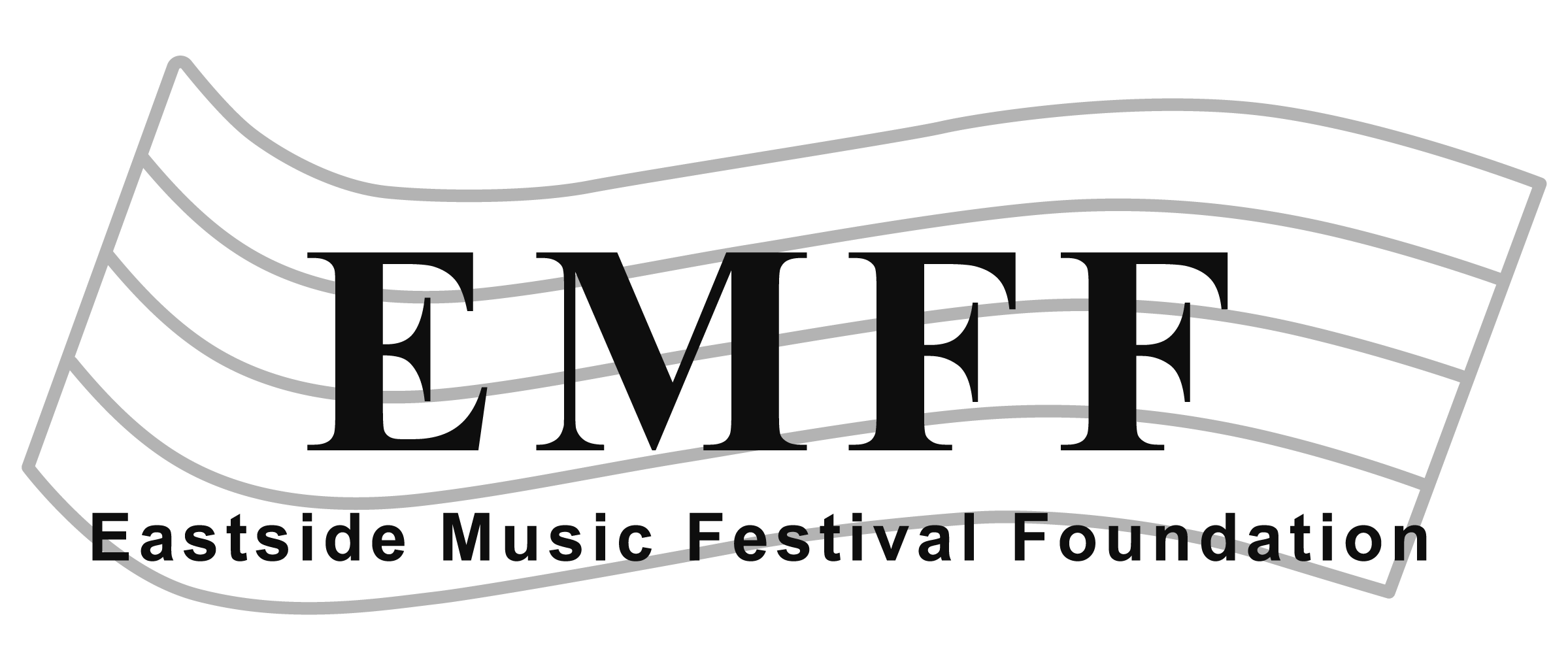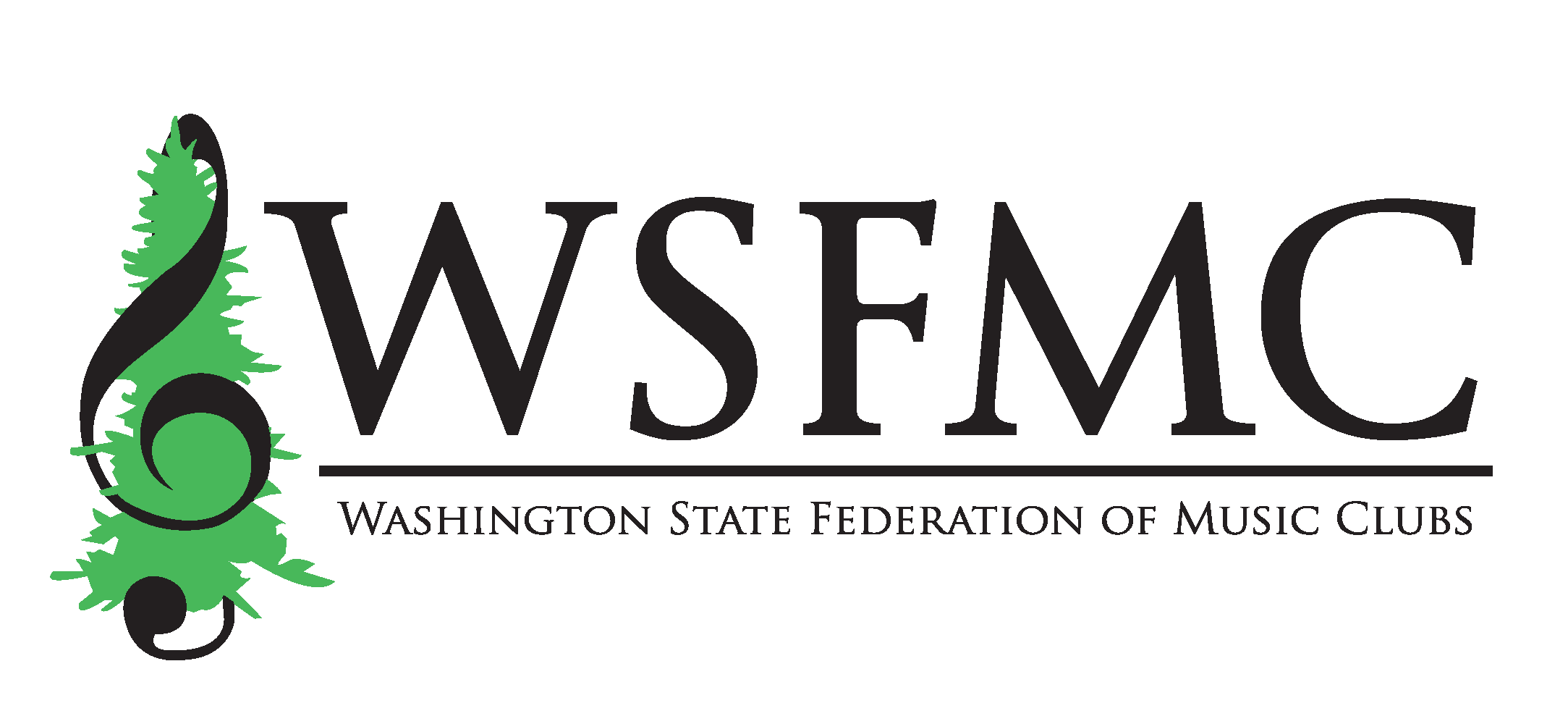Hello Flutists!
I hope you are enjoying these last few weeks of summer!
We have lots to look forward to this year – our autumn concert at Benaroya, interesting masterclass opportunities, the winter caroling tour – and the chance to perform at the National Flute Association in Portland (August 2026)!
https://www.nfaonline.org/convention/future-conventions/2026-convention-portland-or
And music! – I have found some fun music to play – with our friends old and new – that I hope you will enjoy! And one arrangement made just for us from someone who performed and wrote for the famed jazz musician, Benny Goodman!
Placement/Rotation schedule emails will be sent soon – so start checking TODAY for more news and information. Autumn rotations are listed below.
*** Please add the BYSO dates to your personal calendars now so there are no surprises. THANK YOU! ***
Happy Fluting!
~Dr. Sandy
______________________P______________________
(__( O )_____]]_o o_O_O_O O O_O_O_O_]d’ O_O_O_)
*TENTATIVE* Autumn Rotation into PHILHARMONIA, pending student enrollment and other factors. (Leave of Absence requests may affect the ability to have a rotation into an orchestra, fyi.)
- Isabelle L
- Ella S
- Arnav V
- Matilde V-S
- Shachar S
- Chloe C
*TENTATIVE* ROTATION SCHEDULE into YOUTH, pending student enrollment and other factors. (Leave of Absence requests may affect the ability to have a rotation into an orchestra, fyi.)
AUTUMN:
- Rio (Youth)
- Hannah (FO with rotation into Youth in Autumn and Spring)
- Noah (FO with rotation into Youth)
- York (FO with rotation into Youth in Autumn and Winter)
WINTER:
- Rio (Youth)
- York (FO with rotation into Youth)
- Shiho (FO with rotation into Youth)
- Chanler (FO with rotation into Youth)
SPRING: (Tentative – providing no Leave of Absences…)
- Rio (Youth)
- Hannah (FO with rotation into Youth)
- Eunice (FO with rotation into Youth)
- Matthew (FO with rotation into Youth)
- Julinna (FO with rotation into Youth)
WOO HOO! You did it! Thank you all for such a beautiful performance! I’ve heard nothing but amazingly positive feedback. BRAVO and CONGRATULATIONS!
I will look forward to seeing you at your upcoming audition – but will miss our weekly Monday night rehearsals. You have been a wonderful and inspiring group to work with!
Best wishes for a great end to your school years and a summer full of rest, relaxation, adventure – and flute!
~Sandy
Link of the week: Some things to think about (Bulletproof Musician site also has articles about practicing / performing / reducing anxiety / etc.):
Greg Pattillo – Peter & The Wolf: https://youtu.be/c6SHsF1n9Qw?si=KnnKbk3EI6lRFECi
- Torvil and Dean – Olympic Ice Dancing 1984. The exquisite pacing and building of tension, and the perfectly timed synchronicity … amazing! A way to “SEE” what we try and do as musical story tellers! https://youtu.be/t2zbbN4OL98?si=HQJ_n3dEILm4NX9U
- The Woodwind Fingering Guide – Online fingering charts for flute, piccolo, oboe, clarinet, saxophone, bassoon, recorder, tin whistle, fife, charanga flute, shakuhachi flute, uilleann pipes, and sarrusophone has trills and tremolos, too
- Video Live Sessions: Seattle Flute Society – Michael Davis: The Bird Song
- Video Live Sessions: Seattle Flute Society – Amy Beach: Theme and Variations, Op. 80
- Emily Beynon – YouTube – a great performer and teacher!
- 5 effective ways to improve your flute tone – The Flute Practice
- https://thefluteview.com/ – an online flute magazine
- Does Counting Our Blessings Really Change Anything? | Bulletproof Musician
- Breathing: https://youtu.be/f6yAY1oZUOA?si=NFT_dgvH-sVnkhce
- What Is Articulation In Music? (hellomusictheory.com)
- Are Great Sight-Readers Born or Made? | Bulletproof Musician
- Here is some information on how to play extended techniques https://www.flutexpansions.com/videos
- Why Good Ensemble Playing May Require More Than Just Your Ears https://bulletproofmusician.com/great-ensemble-player-may-require-just-ears/
- National Flute Association – https://www.nfaonline.org/
- Seattle Flute Society – Welcome | Seattle Flute Society




